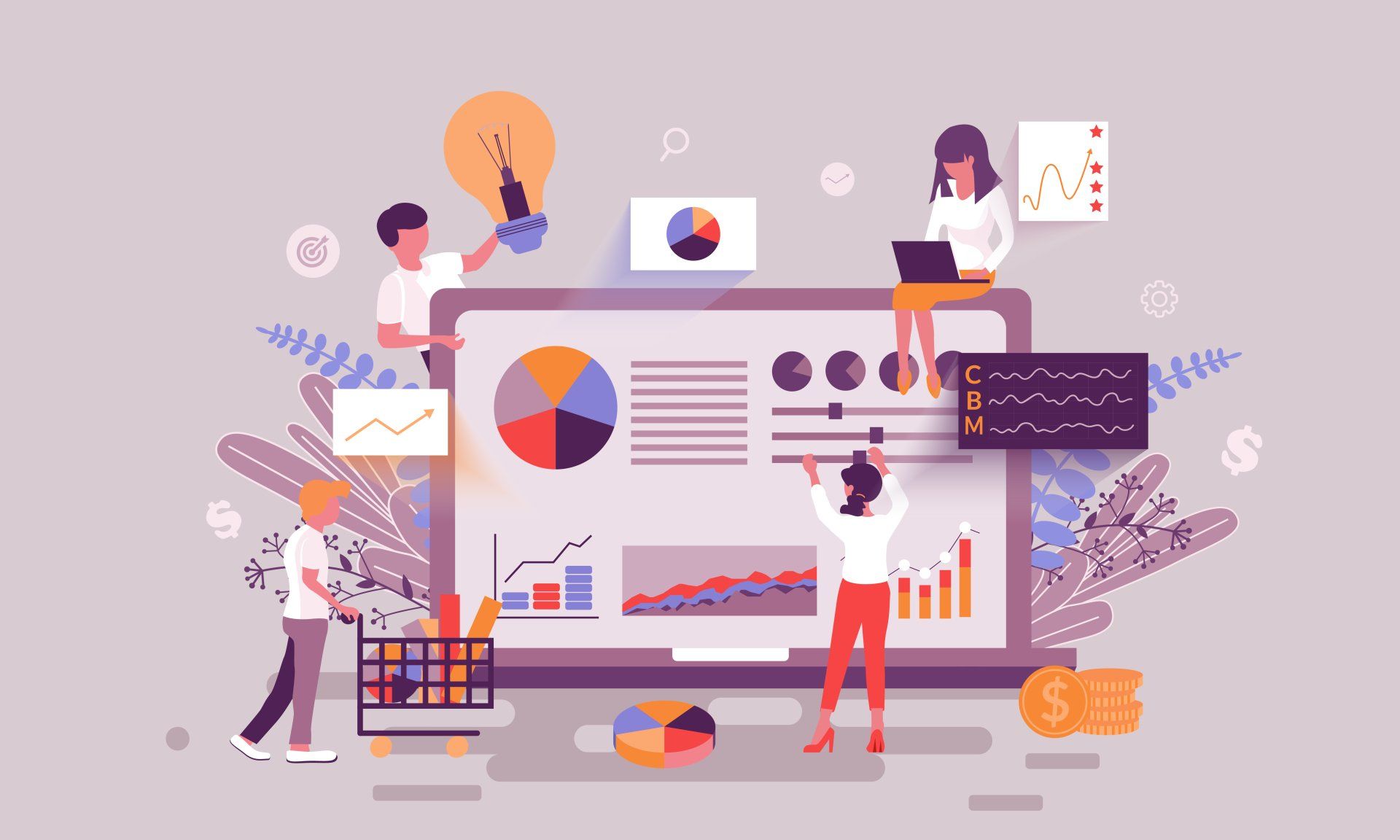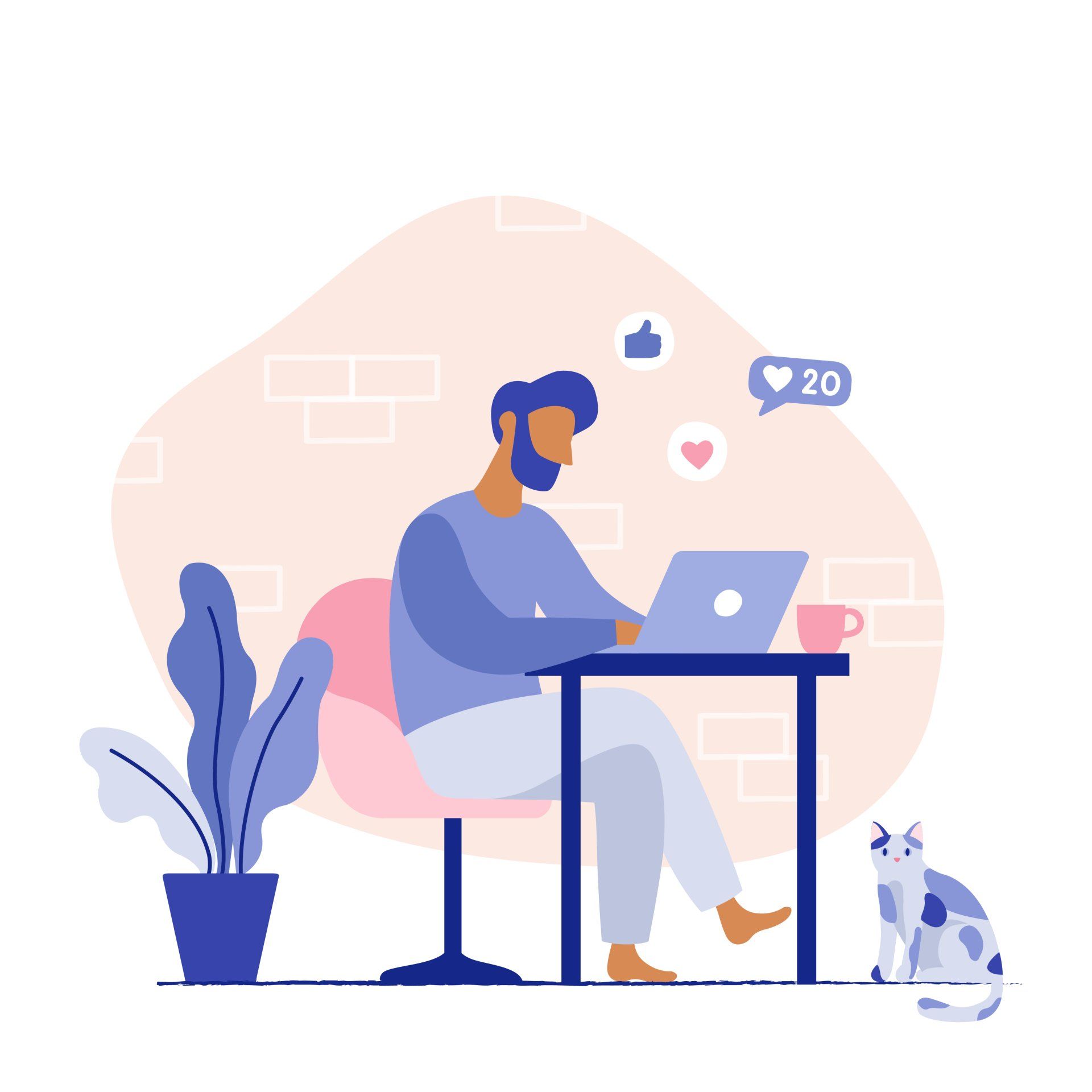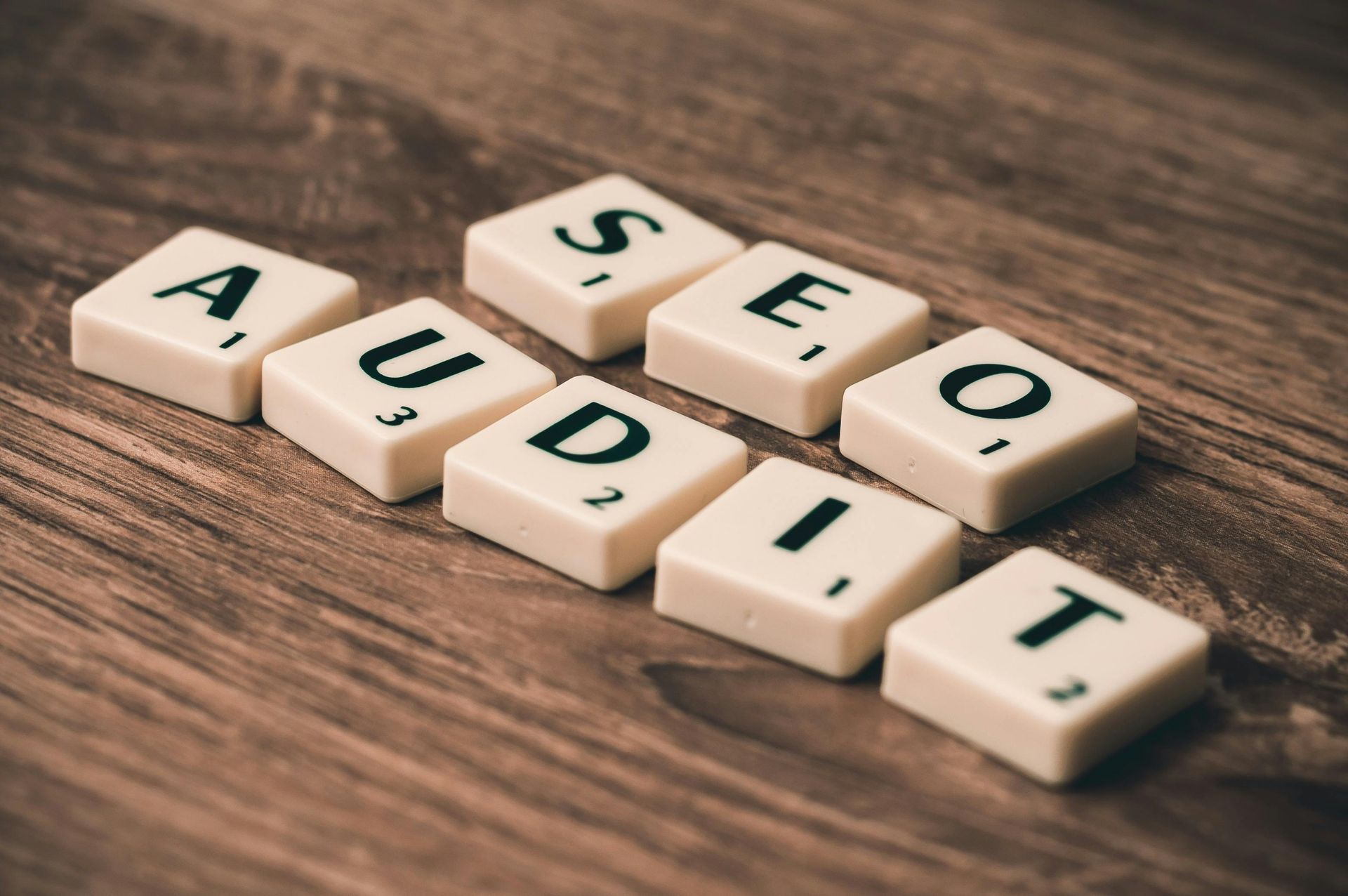Effective web design for ecommerce
Whether your business sells completely online, supports a physical store or stores, in order for your eCommerce site to be effective the design has to be right.
To make sure you are converting visitors into sales, your website needs to look good and function smoothly – giving the best possible user experience.

Homepage
The homepage of your ecommerce site is usually the first thing a potential customer will come across. And it will only take them a few seconds to decide whether your company is one they want to do business with.
So your homepage needs to show them how your brand is different and how it can meet their needs. This is the first step towards a visitor becoming a customer, then a repeat customer who is loyal to your brand.
If your homepage is too busy, with too many products and too much information, it is likely to have the opposite effect to the one you are looking for. Instead, your homepage design should show off your best products in a way which is easy to navigate – so visitors can move onto more detail on your product pages.
Your images need to be powerful and of the highest quality. Make sure you take your own pictures and avoid stock photos. Alternatively, you could use video to attract attention – as the eye is always drawn to moving objects.
Navigation should be simple and clearly visible. If you have a large product range, you should use high-level categories that are easy to navigate eg ‘hoodies’, ‘jeans’, ‘shirts’ and ‘footwear’ or ‘patio sets’, ‘garden benches’, ‘sun loungers’ and ‘gazebos’.
Other things to remember:
- If you have any special promotions running, make sure they are clear on your homepage – and make them timely to create a sense of urgency and encourage shoppers to buy now.
- Ensure you have links to key information, like your returns policy, delivery information and company contact details on the homepage.
- Whatever you are selling, it is essential that your homepage design is compatible with smartphones, desktops and tablets.
Product pages
For many ecommerce sites, your product pages will also be your landing pages. And they are among the most viewed pages on a website. This is where you should take away a visitor’s uncertainty and convince them to buy.
An effective product page on an ecommerce site should answer all of a visitor’s questions and give them all the information they need to become a customer. Without good product pages, your checkout page will become virtually redundant.
Your product page needs to jump out at visitors and keep them engaged, or they won’t go on to buy. You need high quality images which stand out. And if you can afford to include a number of images of each product, a 360-view of them or the option to change the colours (eg for an item of clothing), that is even better.
Think about what you want to know yourself before you go ahead and buy a product and make sure your own website gives your potential customers the same information. Your product descriptions should be clear and concise and give all the reasons why a visitor would want to choose your product – which could be that it is machine washable or that it is made from sustainable sources, along with things like sizing details and materials or ingredients.
Other things to remember:
- Make it easy to buy with a very clear ‘Buy’ or ‘Add to basket’ button, so that your visitors can’t miss it. Even a few seconds of searching can be enough to send people to another site.
- Just as with your homepage, avoid cluttering your pages with too much information in one place. Leave plenty of white space.
- If you have a large product range, add filters which allow potential customers to narrow down their choices by price, size, reviews or something else.
Checkout page
The checkout process is the last step on a customer’s buying journey through your ecommerce site. They’ve got an item (or maybe several items) in their basket, but will they enter their payments details and go ahead and buy, or will they just abandon their purchase?
Entering your personal and payment details into a website requires an enormous level of trust. Your homepage and your product pages could be perfect, but if a customer feels any uncertainty at checkout, all of your hard work will go to waste.
So it is a good idea to have a trust badge on your checkout page (some firms even choose to have them on their home pages too). A trust badge or seal lets visitors know that your site is legitimate and that any data collected will be collected securely. A number of surveys have shown that trust badges increase sales. Safe checkout badges which are trusted by customers include Norton, VeriSign, LifeLock, PayPal and Shopify.
But it’s not just adding the payment details which can put people off making a purchase – the cost of delivery and the time taken for a delivery can also change their minds. That’s why it is important to have that information easy to access on the home page, as well as the checkout page.
Not only will a poor checkout page result in you losing this particular sale, it will lead to a negative impression of your company which means a customer is less likely to come back in future.
Other things to remember:
- Your checkout pages should be clear and easy to follow, preferably with no need to scroll. Delivery costs should be clear and added to your total where you can see them.
- Inevitably, some people will struggle with the checkout process or have a question they need to answer before going ahead. So add contact information, such as a chat function, at the bottom of your checkout page.
- Customers want to checkout quickly, so give the option for them to register, so that their information is already there when they make their next purchase and they don’t need to add all of their payment and shipping information again – unless they want to.
- Your basket should be clearly visible throughout the checkout process, but you should also make it easy for users to go back to the product pages to check the items in their basket.
- Asking for payment information shouldn’t happen until you have asked customers to confirm that they are happy with the contents of their basket.
- When it comes to payment and delivery, make sure you only ask for information which is essential for fulfilling the order. Respecting a customer’s privacy helps build trust and makes them more likely to come back to you in future.
An effective ecommerce site is a careful balance between style and function. It needs to both look good and work smoothly and intuitively. By focusing on optimising key areas of your site, you should see more visitors go on to become customers and more customers becoming loyal to your brand.
More Posts.









